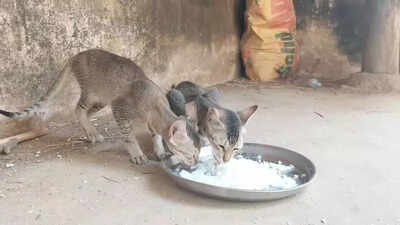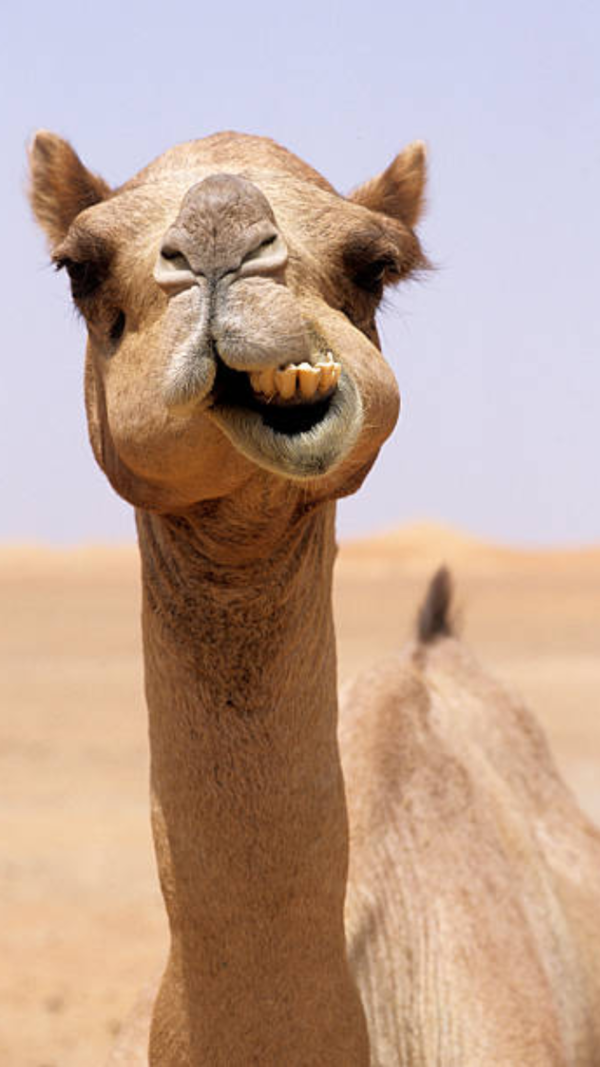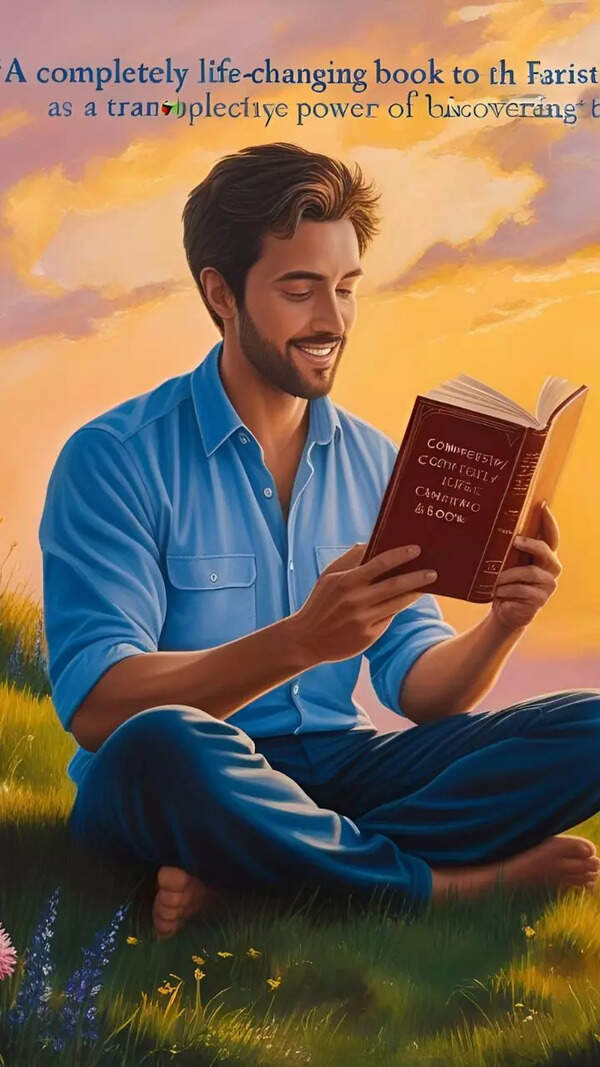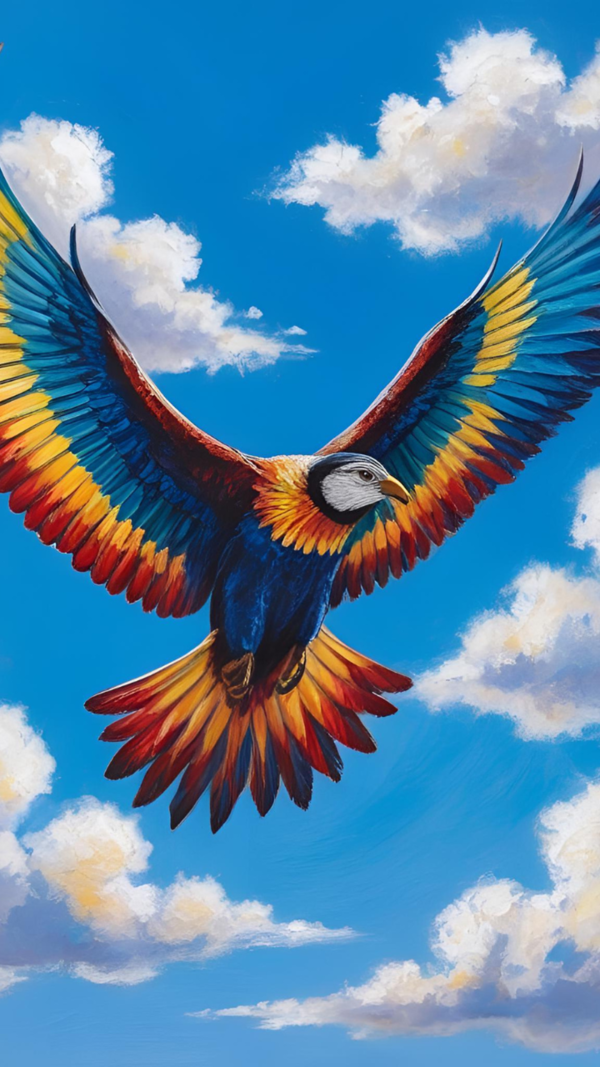- News
- City News
- bhubaneswar News
- 300-year-old temple in Kendrapada reveres cats along with deities
Trending
300-year-old temple in Kendrapada reveres cats along with deities
Kendrapada: In the heart of Kendrapada district stands a unique 300-year-old temple where cats are not considered harbingers of bad luck but divine residents worthy of worship. The Madanmohan Jew Temple, located within Beliekhia math in Mathasahi village, has become renowned for its extraordinary relationship with its feline inhabitants. While many view cats, especially black ones, with superstition, the temple dedicated to Lord Krishna, Radha and Sri Chaitanya Mahaprabhu, has embraced them as sacred beings. The math (monastery) houses around 230 cats, earning it the name ‘Beleikhia' (where cats eat). Mahant Abhaya Das, the temple's head priest, said, "Twice daily, we prepare vegetarian meals for both the deities and the cats. After offering bhog to the deities, we serve prasad to our feline residents. The cats rarely leave the temple premises, and harming them is considered a grave offence." The tradition dates back to three centuries ago when the king of Aul established the math. Being fond of big cats but unable to keep tigers, he chose to care for domestic cats instead. He granted five acres of land specifically for the maintenance of cats, with an additional 40 acres for temple services.
End of Article
Follow Us On Social Media










